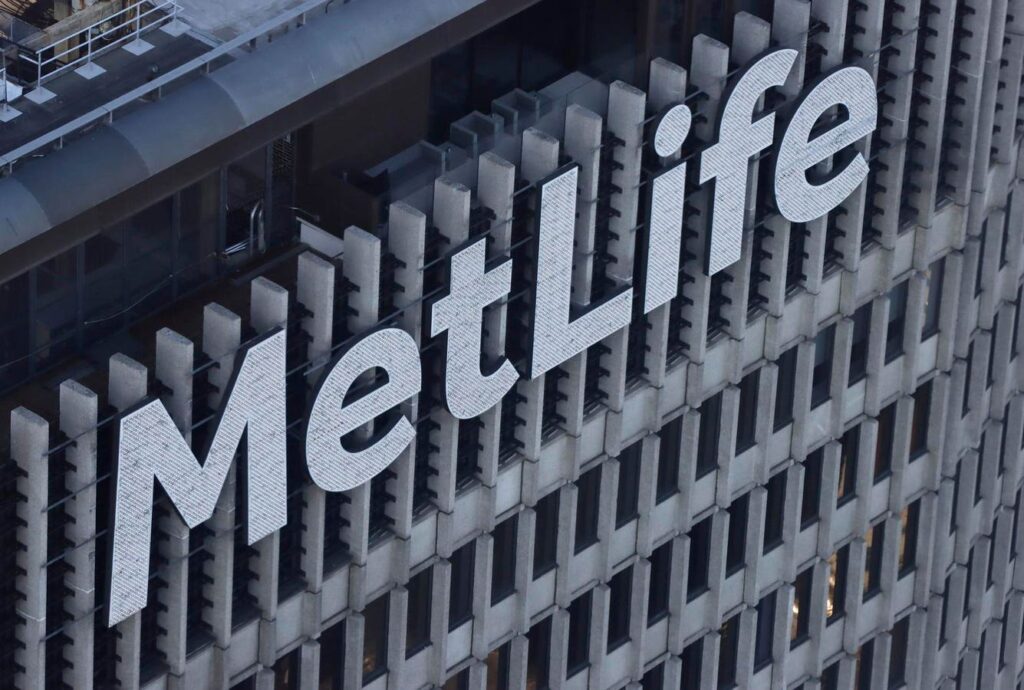When a company buys back its own shares, shareholders often benefit. With fewer shares outstanding, each share is likely to be worth more.
In the past 20 years, buybacks have become increasingly popular. Many companies prefer them to dividends because they have a softer tax impact. Dividends stick shareholders with taxes on their next tax return, while buybacks don’t. Of course, companies can also do both – dividends plus buybacks.
Buybacks can be a sign that a company’s board of directors considers the company’s stock undervalued.
To be sure, buybacks are a bad idea if a company takes on excessive debt to fund them, or if the buyback siphons off cash that would be better used to beef up the company’s core business. On the whole, though, I view buybacks as a good sign.
Standard & Poor’s has a Buyback Index (basically the 100 stocks in the S&P 500 with the highest percentage of buybacks). In the past five years, it has beaten the S&P 500 Total Return Index by about seven percentage points cumulatively, returning 16.29% a year versus 15.61% for the S&P 500.
Over the past 25 years, the Buyback Index has outperformed the benchmark S&P 500 18 times out of 25.
Here are five companies that stand out for their consistent use of buybacks. Each has bought back more than 4% of its shares per year over the past one, three and five years.
MetLife
MetLife Inc. (MET), based in New York City, is one of the largest insurance companies in the U.S. It specializes in group benefit packages. Last year it took in about $45 billion in premiums, and another $18 billion or so in investment income. It paid out roughly $43 billion in claims.
In the past five years, MetLife has bought back, on average, 5.8% of its stock each year. During that time, the stock has risen about 114%. The stock seems reasonable priced to me, selling for less than 13 times earnings and about 0.75 times revenue per share.
PulteGroup
Nobody wants homebuilding stocks these days. Mortgage rates are unpleasantly high, and home prices are steep (a mixed blessing for homebuilders). New home sales this year have been weak, bordering on terrible.
Several homebuilding companies have been buying back their own stock. One that I like is PulteGroup Inc., whose average home sells for about $570,000. That’s a few notches higher than the U.S. average (about $504,000) and median price (about $438,000).
Who knows when industry conditions will improve? It’s not clear, but if you’re a patient investor, you can take heart from the fact that homebuilders have enjoyed periodic booms in the past. Pulte stock, like that of other homebuilders, is cheap at present, selling for about seven times earnings.
Pulte has bought back about 6% of its stock annually in the past five years.
Academy Sports
Also at seven times earnings is Academy Sports and Outdoors Inc. (ASO), which has its headquarters in Katy, Texas. It has averaged a 4% buyback in the past five years, and picked up the pace to 8% last year.
Wall Street analysts are split on Academy. Of 20 analysts who cover it, half rate it a “buy” or “outperform” and half don’t. But the average one-year price target for all analysts is more than $55, well above the current market price of less than $41.
Employers Holdings
A nearly debt-free choice is Employers Holdings Inc. (EIG), out of Reno, Nevada. It’s a workers’ compensation insurer, concentrating on “small and mid-sized businesses engaged in low-to-medium hazard industries.”
Growth has been slow here, but profitability has been consistent: No losses in the past 23 years. The company has only a speck of debt, and more than $26 in cash for each dollar of debt.
Williams-Sonoma
Known for high-end cookware and home goods, Williams-Sonoma Inc. (WSM) has seen its stock quadruple in the past decade. It has been astonishingly profitable, with a return on equity recently of 52%.
Analysts obviously think the party’s over: Our of 25 analysts who cover the stock, only five recommend it. The reason for analysts’ gloom is obvious: The company imports about 23% of its merchandise from China, the target of the harshest tariffs proposed (though currently paused) by the Trump administration.
The stock is down more than 15% year to date (through May 23). It sells for about 18 times earnings, which I think is not bad considering that Williams-Sonoma has grown earnings at better than a 22% annual clip for the past ten years.
Disclosure: I own MetLife for some of my clients.
Read the full article here

